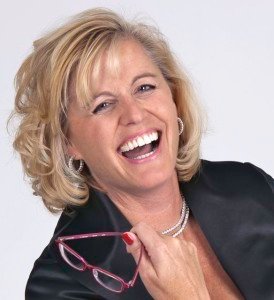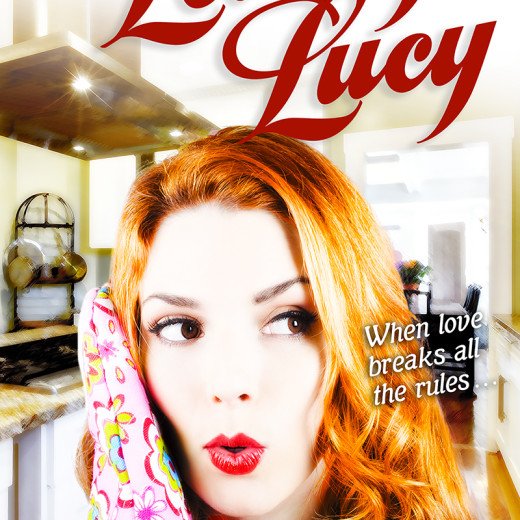Breaking the Rules by Catharine Bramkamp
 Let’s welcome back monthly columnist Catharine Bramkamp as she shares with us “Breaking the Rules.” Enjoy!
Let’s welcome back monthly columnist Catharine Bramkamp as she shares with us “Breaking the Rules.” Enjoy!
***
For years I have separated writing from promotion. Writing is fun. Promotion is annoying.
But in these rule breaking times, we need a different approach to how we drag our books across the finish line.
As artists, writers can approach our books with the same spirit as artists who create public art.
Because a book IS public art.
With that in mind, we can approach our writing, publishing, and promotion as all part of making art.
Publishing is personal and promotion is process.
In her book and TED talk, Green Light Your Book, Brooke Warner makes the same encouraging claim.
Treat publishing your book as part of what you do, not the second, lesser piece of your art but as the extension of your work. The public part to be sure, but important nonetheless.
Traditionally published authors have been either uninterested or encouraged to be uninterested in the production of their art. But as you know, the luxury of indifference has changed.
Breaking the Rules: Write Your Own Definition of Success
The good news is that safe under the umbrella of “art” you can write your own definition of success, and you can follow through based on your personal vision and goals.
I have always marveled at the tenacity and endurance of artists Christo and Jean-Claude as they waded through the endless permits and processes in Sonoma and Marin to build their Running Fence. But for them, it wasn’t a tedious necessity, all those meetings were part of the art process.
Their art wasn’t just about the wild final build: the wrapped islands, the Gates in NYC Central Park, the billowing fence snaking over the pastures of Marin County.
Their art was the whole of the idea, the meetings, the permits, the conversations about the work and what art was supposed to be and represent.
Every meeting was in service to their vision: what they wanted to plant in the ground (like an umbrella, or many), what they wanted to share with the public.
In ancient times, authors wrote and someone else finished up the book and brought it to market. But on closer observation, that hands off approach was never really good enough.
Charles Dickens who was already successfully published, still wanted to control every aspect of his vision for his Christmas tale, hiring an artist, approving the printing and binding to bring A Christmas Carol to stores by December 25.
Mark Twain experimented with a printing press that would work faster and speed book production not only because it was interesting, but it was a way for him to control and produce his own books. (He lost money on the press, but that wasn’t the point.)
Virginia and Leanord Woolf founded their Hogarth Press specially to produce Virginia’s novels. Her sister Vanessa created the dust jackets and Leanord distributed the books. Later the press would publish TS Eliot’s work.
Consider publishing as part of your creative process.
Like Dickens, you can control the cover. Like the Woolfs, you can control the press and the distribution. You get to choose when your books are free or discounted. You get to choose who handles the distribution.
All great, but what does it mean if you are just beginning to own your process?
One decision is whether to publish directly through Amazon (KDP Select) or as your own publisher.
The advantage of being or using a small publisher is the book is not exclusive to Amazon, but can appear in Ingram and be purchased by libraries and brick and mortar stores. (You can still use Amazon as your main distribution).
Breaking the Rules: Be Your Publisher
To be your own publisher all you need is a business name, a website featuring a page devoted to your press, and a collection of ISBNs for your books.
Bowker (Bowker.com) sells ISBNs in lots of one or ten numbers.
One ISBN is $125.00 with the option to pay $25.00 for a bar code. (Don’t pay $25.00. You can download your barcode for free from another site.)
Or you can purchase ten ISBNs for $295.00. Certainly a bargain, but often more identifiers than an author/publisher really needs.
I’m offering Writers Fun Zone readers an alternative:
- 3 ISBNs from my publishing company, a Few Little Books Press for $150.00 — almost three for the price of one. (Editor’s note: a great deal!)
With A Few Little Books you get:
- Complete control over all aspects of your book: cover design, Amazon placement, links, web site, description and all income from book sales.
- You get the ID of an outside publisher as the imprint for your book.
- Listing on A Few Little Books webpage.
- And to start you on your way, free access to my Social Media for Authors Class.
Visit the class: https://story-university.teachable.com/p/social-media-for-authors
Visit the site: https://catharine-bramkamp.com/a-few-little-books-press
You can be listed there too!
Contact me directly. I only have five lots of ISBNs and once they are gone, they are gone. I wasn’t kidding about just a few little books!
***
Editor’s Note: I urge you to contact Catharine if you’re at all interested in taking her up on her offer.
***
ABOUT THE AUTHOR
 Catharine Bramkamp is the co-producer of Newbie Writers Podcast that focuses on newer writers and their concerns. She is a successful writing coach, Chief Storytelling Officer, and author of a dozen books including the Real Estate Diva Mysteries series, and The Future Girls series. She holds two degrees in English and is an adjunct university professor. After fracturing her wrist, she has figured out there is very little she is able to do with one hand tied behind her back.
Catharine Bramkamp is the co-producer of Newbie Writers Podcast that focuses on newer writers and their concerns. She is a successful writing coach, Chief Storytelling Officer, and author of a dozen books including the Real Estate Diva Mysteries series, and The Future Girls series. She holds two degrees in English and is an adjunct university professor. After fracturing her wrist, she has figured out there is very little she is able to do with one hand tied behind her back.






